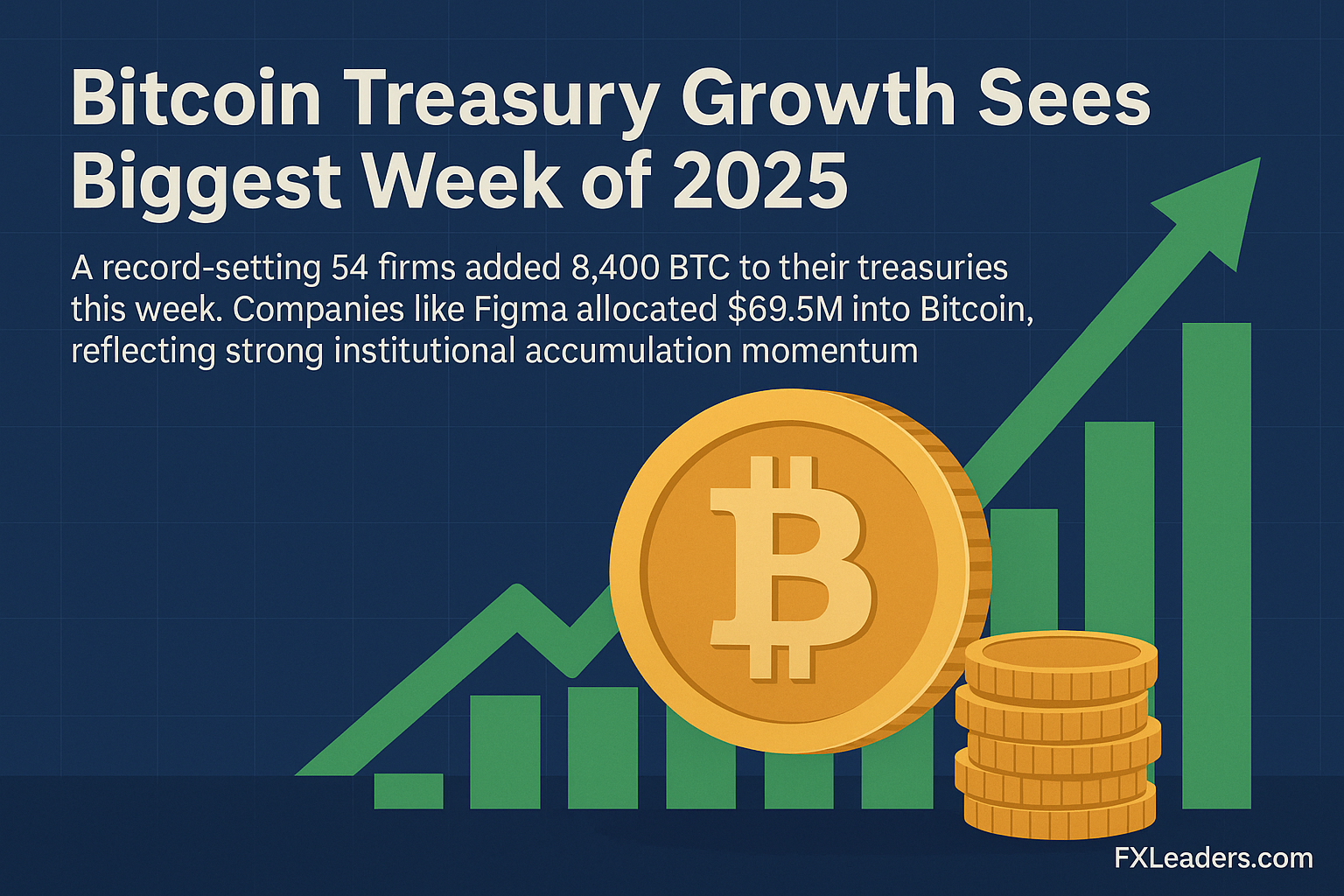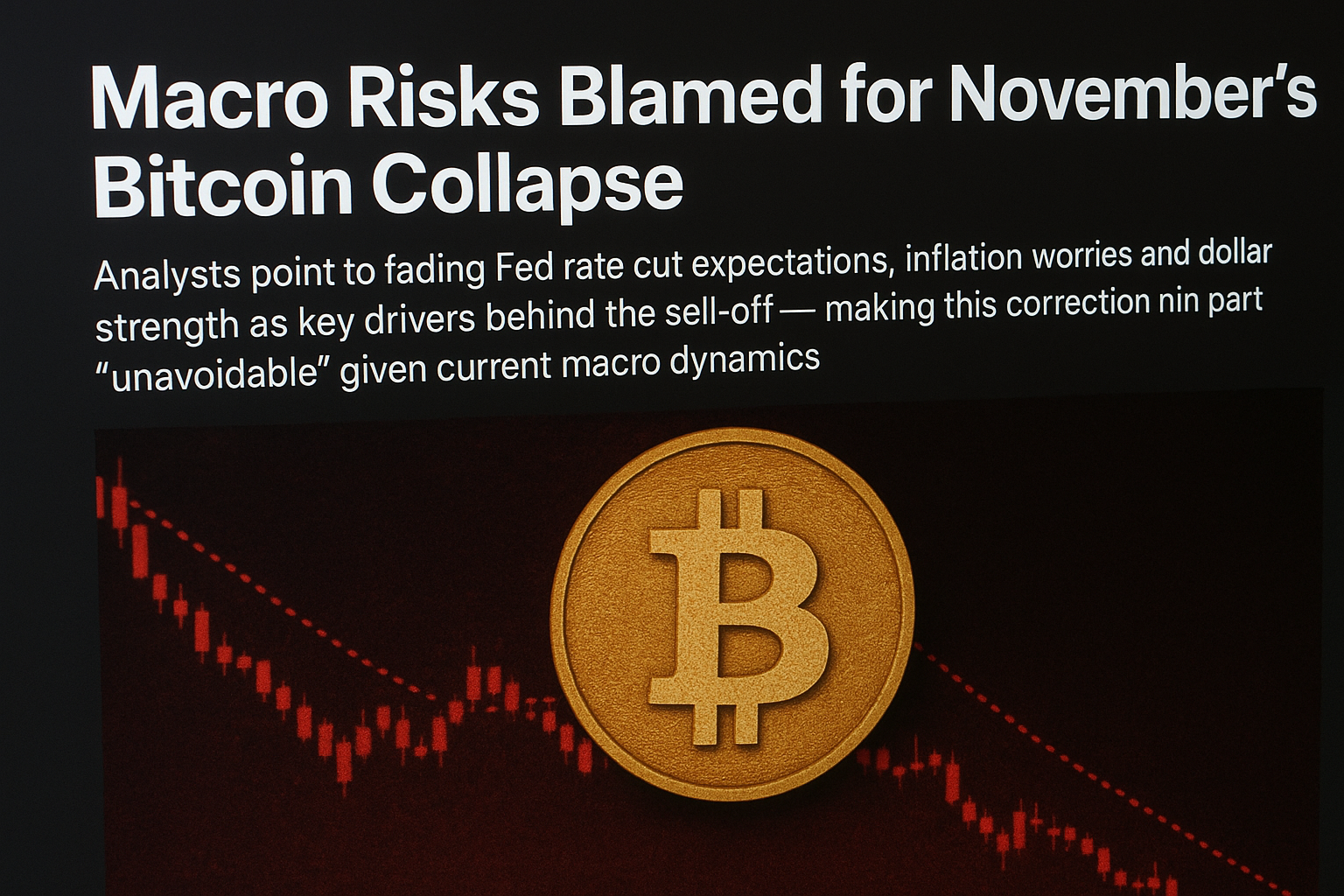Bitcoin continues to dominate conversations across financial markets, not just as a digital asset but as a transformative force in global finance. Despite the volatility that often characterizes its short-term price movements, the prevailing consensus among analysts is that Bitcoin’s bull run has not yet lost steam. On the contrary, recent developments—including surging ETF inflows, macro-policy expectations, and shifting investor behavior—are laying the groundwork for what many believe could be one of Bitcoin’s most resilient growth cycles to date.
ETF Inflows Driving Institutional Legitimacy
The introduction of spot Bitcoin ETFs has been a game-changer for the market. Until recently, many institutional investors hesitated to enter the crypto space due to concerns over custody, security, and regulatory frameworks. ETFs have changed that dynamic. They provide an easy, compliant, and familiar way for institutions to gain exposure to Bitcoin, leading to significant capital inflows.
This surge in ETF participation does more than just drive up prices—it fundamentally alters Bitcoin’s perception in the broader financial world. As more pension funds, asset managers, and insurance companies add Bitcoin ETFs to their portfolios, the cryptocurrency increasingly takes on the characteristics of a mainstream asset class. The reinforcing cycle of legitimacy, liquidity, and institutional demand creates a foundation for sustained momentum, rather than short-lived speculative rallies.
Macro-Policy Expectations Boosting the Hedge Narrative
At the same time, global macroeconomic conditions are playing into Bitcoin’s hands. Central banks, grappling with inflationary pressures and slowing growth, are navigating a delicate balancing act. While aggressive interest rate hikes have been the primary tool to combat inflation, there is growing speculation that major central banks will pivot toward more accommodative policies in the coming months.
For Bitcoin, such policy shifts could be particularly bullish. Historically, lower interest rates and dovish monetary stances have increased the appeal of non-yielding, scarce assets like gold—and now, Bitcoin. The “digital gold” narrative is gaining traction as more investors view Bitcoin as a hedge against both inflation and systemic financial risk. Analysts argue that as traditional safe havens lose their shine, Bitcoin could increasingly serve as a modern alternative.
Investor Behavior: From Speculation to Strategy
Another critical factor driving optimism is the evolving nature of investor participation. Previous bull markets were dominated by retail speculation, characterized by rapid inflows and equally rapid sell-offs. While retail investors remain active, the current cycle is seeing greater participation from long-term holders and high-net-worth individuals who view Bitcoin not as a quick trade but as a core component of their diversification strategies.
This maturing investor behavior is reflected in metrics like reduced exchange balances and rising long-term holder supply. Simply put, fewer coins are being sold into rallies, creating an environment of supply constraint that magnifies the impact of growing demand. Analysts suggest that this structural change in how investors approach Bitcoin could make the current bull run more sustainable than previous cycles.
Risks and Realities
Of course, no discussion of Bitcoin would be complete without acknowledging the risks. Volatility remains a defining feature of the asset class, and sharp corrections are part of its DNA. Regulatory uncertainty also looms, as governments continue to refine their approach to digital assets. Additionally, competition from other cryptocurrencies and technological challenges could create hurdles for Bitcoin’s growth.
Yet, many analysts argue that these risks are outweighed by the broader trajectory of adoption and infrastructure development. As exchanges mature, custodial solutions improve, and regulation becomes clearer, the foundation for Bitcoin’s long-term growth solidifies further.
Looking Ahead
Despite recent turbulence, the overarching sentiment is that Bitcoin’s bullish momentum is not just intact but strengthening. The convergence of institutional inflows via ETFs, favorable macroeconomic conditions, and a maturing investor base is creating a perfect storm of positive momentum. While short-term volatility is inevitable, the long-term picture suggests that Bitcoin is positioned for continued growth and deeper integration into the global financial system.
For investors, this means opportunity—but also responsibility. The lessons of past cycles underscore the importance of risk management, long-term thinking, and avoiding the pitfalls of speculative mania. As Bitcoin enters its next chapter, it is less about chasing quick profits and more about understanding its role in reshaping the financial landscape.
In the eyes of many analysts, Bitcoin’s journey is far from over. If anything, it’s only just beginning to show its true potential as both a revolutionary asset and a cornerstone of the digital economy.




